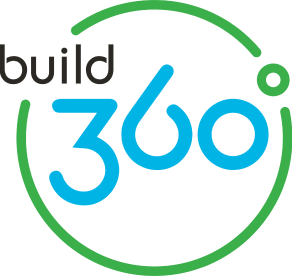
How to procure circular?
This report contains lessons learned from more than 30 circular procurement pilot projects and other activities performed within the Interreg NSR project ProCirc (2018- 2023). The report has been developed by Bax and Company based on an analysis of pilot case studies and interviews with piloting organizations conducted during 2021-2022.










